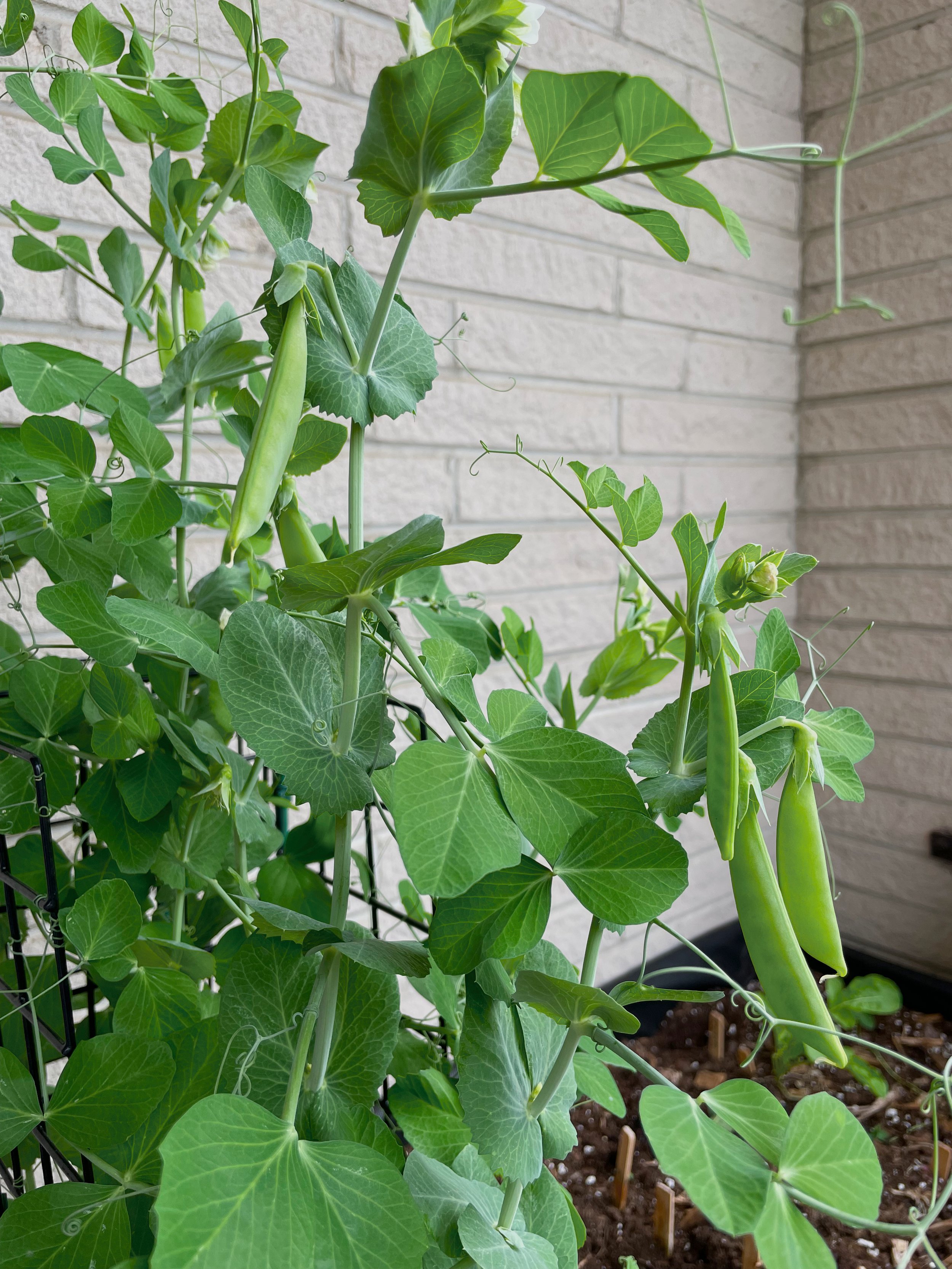Mid-Summer Sowing for Fall Harvests
Average time to read: 2.3 minutesIn mid-to-late July, harvesting is well and truly underway. The days are long and hot. Pests have made their mark. Plants are overgrown. The weeds are spreading like… weeds.
You’re pruning, watering, and troubleshooting as best you can. It’s a busy time of year for gardeners and in addition, veggie growers have the extra task of preserving harvests. Whew! Many gardeners choose to let the garden wind down with the season. Fair enough, you deserve the rest! But others (like us) prolong the madness with mid-summer sowings for fall harvests.
If you’re going to let your garden wind down, we understand! But if you’re as crazy as we are, go ahead and start these varieties mid-summer to extend your harvest season into the fall.
Mature parsley can survive in temperatures as low as -12°C
Here are our four best tips for choosing what to start:
Make sure you know when to expect your first frost.
Be prepared to provide frost protection if necessary. This is part of the risk when attempting to extend your growing season into the fall. You have to watch your weather closely and take the chance that early cold weather could damage your crops.
Count the number of days between now and your first anticipated frost. That is the number of days left in your regular growing season. For example, we here at CC headquarters have 69 days before our first anticipated frost on October 1st.
Check the “Days to Maturity” number when you’re ordering your seeds. Stay on the safe side by sowing varieties whose maturation period falls well within the remainder of your growing season. Additionally, cool weather can slow a plant’s growth. Plan for your plants to mature more slowly as the weather begins to cool down later in the summer.
Bonus tip: Frost protection allows us to continue growing even after the first frost has signaled the end of the regular growing season This, combined with choosing cold-tolerant crops, is how to extend your growing season.
Our cold frame helps to extend our season earlier into spring and later into fall
Let’s go over three examples.
Peas
Let’s say we wanted to sow peas. Looking through seed catalogues, you’ll notice that peas can have a maturation period of around 50 to 70 days. To be safe, we’d choose a variety with closer to 50 days to maturity. Luckily, peas are Frost Hardy, meaning they’ll tolerate some exposure to frost so it might not be game over if our first frost falls ahead of October 1st. However, choosing varieties that will mature within your remaining growing season becomes even more important if you’re considering Semi-frost Hardy and Semi-frost Tender plants. That’s because they won’t tolerate the same level of exposure to cold temperatures and/or frost.
Beans
Let’s say we wanted to sow beans. Beans have about the same maturation period as peas: around 50-70 days. But remember, plants mature more slowly as the weather cools down. Beans, unlike peas, are Semi-frost Tender, which means they will be seriously injured by frost exposure. Since even a 50-day variety would bring them right to the edge of our growing season, we wouldn’t risk sowing them at this time of year.
Radishes
Let’s say we wanted to sow radishes. Radishes have 20-30 days to maturity and are Frost Hardy, like peas. With 69 days left in our growing season, it’s full steam ahead for radishes. In fact, we could sow them in succession (aka every two weeks) until the end of the growing season for multiple harvests until their growth begins to become sufficiently stunted by the cold weather.
Peas will tolerate temperatures as low as -4°C
We’ve gone ahead and created this list for you to use when choosing what to sow now for fall harvests. What will you try?
Arugula: Frost Hardy. 20-50 Days to Maturity.
Beans: Semi-frost Tender. 50-70 Days to Maturity.
Beets: Semi-frost Hardy. 55-70 Days to Maturity.
Cabbage: Frost Hardy. 60-100 Days to Maturity.
Carrots: Semi-frost Hardy. 55-80 Days to Maturity.
Cauliflower: Semi-frost Hardy. 50-100 Days to Maturity.
Chard. Frost Hardy. 60-65 Days to Maturity.
Chicory: Frost Hardy. 40 Days to Maturity (for leaves).
Cilantro: Frost Hardy. 40-60 Days to Maturity.
Corn Salad: Frost Hardy. 30-45 Days to Maturity.
Cress: Frost Hardy. 20-40 Days to Maturity.
Dill: Frost Hardy. 40-60 Days to Maturity.
Endive: Semi-frost Hardy. 40-60 Days to Maturity (for leaves).
Fennel: Semi-frost Hardy. 60-90 Days to Maturity.
Green Onions: Semi-frost Hardy. 50-60 Days to Maturity.
Kale: Frost Hardy. 65-75 Days to Maturity.
Kohlrabi: Frost Hardy. 38-55 Days to Maturity.
Lettuce: Frost Hardy. 30-70 Days to Maturity.
Mesclun: Frost Hardy. 30-40 Days to Maturity.
Mustard: Frost Hardy. 40-45 Days to Maturity.
Pak Choi: Semi-frost Hardy. 45-75 Days to Maturity.
Parsley: Frost Hardy. 60-70 Days to Maturity.
Peas: Frost Hardy. 50-70 Days to Maturity.
Radicchio: Frost Hardy. 60-65 Days to Maturity.
Radish: Frost Hardy. 20-30 Days to Maturity.
Spinach: Frost Hardy. 40-70 Days to Maturity.
Turnips: Frost Hardy. 40-55 Days to Maturity.
Watercress: Frost Hardy. 30-50 Days to Maturity.
***
Links to all our favourite products can be found here.


